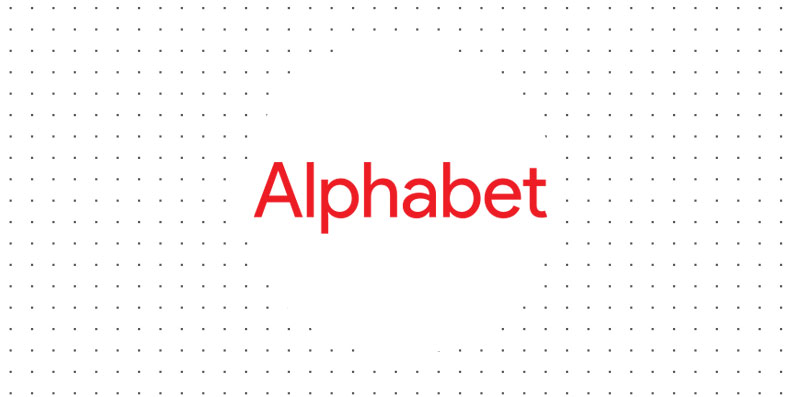The term high-deductible health plan (HDPH) means a health insurance plan has a large deductible for medical expenses. A preferred provider organization (PPO) or health maintenance organization (HMO) plan are both types of health insurance plans that can be HDHP, and its deductible makes it unique.
An HDHP often has cheaper monthly premiums but a higher yearly deductible (sometimes in the four figures) than a regular health plan. Insurance plans fully cover routine preventive care; thus, customers have no copays or coinsurance requirements.
The bare minimum deductible changes every year. According to the IRS, HDHP has a deductible of $1,400 for individuals and $2,800 for families for 2021 and 2022.
How does High-Deductible Health Plan (HDHP) work?
 A deductible is the amount of an insurance claim the insured must pay out of pocket before the policy's coverage kicks in. According to the contract terms, the insurance company will pay the claim balance after the individual pays their half.
A deductible is the amount of an insurance claim the insured must pay out of pocket before the policy's coverage kicks in. According to the contract terms, the insurance company will pay the claim balance after the individual pays their half.
By making people aware of medical costs, HDHPs are believed to reduce overall health care costs. The reduced insurance premiums result from the higher deductible, making the monthly payments manageable. Healthy individuals require coverage for catastrophic medical situations. Wealthy families gain access to a tax-advantaged Health Savings Account (HSA) for their families.
The following list (which is not inclusive) illustrates how to meet specific plans and fully cover primary preventive care without copays or coinsurance before the deductible:
- A blood pressure check
- Depression assessment
- Diet and nutritional guidance
- HIV testing
- Vaccinations against infections like measles, the flu, and chickenpox
HDHP coverage includes a yearly catastrophic cap on out-of-pocket costs for covered procedures from in-network providers. For 2022, the individual and family deductibles are $7,050 and $14,100, respectively, and this is an increase from $7,000 and $14,000 in 2021.
Once you've spent this much on in-network care, your insurance will cover your costs. It's critical to comprehend how HDHPs operate and how having one will affect how you pay for medical treatment if you select this path.
Example of High-Deductible Health Plan (HDHP)
 High-deductible health plans are appropriate for people who are generally healthy and don't need to pay for expensive medical procedures, as was previously said. They are suitable for patients who typically only need preventive care.
High-deductible health plans are appropriate for people who are generally healthy and don't need to pay for expensive medical procedures, as was previously said. They are suitable for patients who typically only need preventive care.
For instance, a 30-year-old without any underlying illnesses or other health issues might be viewed favorably as an HDHP candidate. This person might need specific preventive measures, including flu vaccines, dietary advice, or health exams. No copays or coinsurance would be their obligation either.
However, they could need to put money aside in an unanticipated medical emergency because their insurance wouldn't pay for this cost until they met their deductible.
Advantages and disadvantages of High-Deductible Health Plan (HDHP)
Certain advantages and disadvantages come with the high cost connected with HDHPs. Some of the most typical ones are below.
Advantages
As was already said, those with an HDHP who are insured end up paying reduced monthly premiums. If you know, you'll use the plan for preventative care rather than more involved procedures, and you may be able to save money this way. To reap the benefits, stick to your network; otherwise, you'll be charged more.
Individuals who are covered may use an HDHP in addition to an HSA. Remember that HSAs are tax-advantaged accounts that cover some medical costs that your plan might not cover, like acupuncture and dental work.
Your HSA contributions are tax-free and can lower the cost of your high deductible.
Disadvantages
The primary and most notable drawback of these programs is their high cost. Higher deductibles indicate that you must pay more of your medical and health care costs out of your pocket before the insurance plan begins to cover you. This can hurt your finances, especially if you have unanticipated health problems.
With a plan like this, your deductible is high; hence, the term. The percentage of the program you are liable for paying before your insurer begins paying your charges is known as the deductible.
However, keep in mind that your preventative treatment is entirely covered. Therefore you will be responsible for covering any concealed expenses.
What does qualify as a High-Deductible Health Plan (HDHP) for HSA?
You can combine your high-deductible health plan (HDHP) with an HSA; medical savings account with tax advantages. You must be registered in an HDHP and not have any other health insurance to be eligible for an HSA.
An HDHP should have minimum deductible of $1,400 for individuals and $2,800 for family coverage to be considered one. Insured people will only be required to spend $7,050 for single people and $14,100 for families in 2022. Additionally, insured people are liable for monthly premiums, which change depending on the insurer.
How to choose High-Deductible Health Plan (HDHP) that’s right for you?
When selecting a health plan, take into account the following:
A reduced monthly premium can be a wise decision if you're healthy and typically visit the doctor once a year.
Suppose you frequently visit your primary care physician (PCP) or specialists during the plan year due to a chronic health condition. In such case, you must determine if the cost savings from low premiums outweighs the expense of routine treatment or medicines.
Finding the best insurance plan for you may be aided by carefully assessing the high-deductible health insurance pros and cons. Finding the best high-deductible health insurance plan will ensure coverage for the medical treatment you require when you need it and save you money.
The Bottom Line
Selecting a health care plan that meets your financial and medical needs is essential. Some programs require you to make additional out-of-pocket payments, such as copays and coinsurance, but they only take effect once you have met a low deductible. However, some have cheaper monthly rates to make up for higher deductibles. These high-deductible health plans (HDHP) are appropriate for those in good health who solely need preventative treatment and can afford to spend extra out of pocket. Although the low upfront costs of these plans may be alluring, it's vital to consider all available options before enrolling, including your medical history and overall affordability.



